Optimal Timing for Log House Improvements
Spring offers mild temperatures and increased humidity, ideal for applying stains and sealants. Warmer weather helps materials cure properly, reducing the risk of cracking.
Summer provides longer daylight hours and warmer weather, facilitating extensive repairs and exterior enhancements. However, high temperatures require careful planning to prevent material issues.
Fall is suitable for preparing the log home for winter, including sealing and minor repairs. Cooler temperatures help in the curing process, and it’s an ideal time for inspections.
Winter is generally less ideal for major improvements due to cold temperatures and potential moisture issues. However, interior projects and certain preservation tasks can be performed during this period.
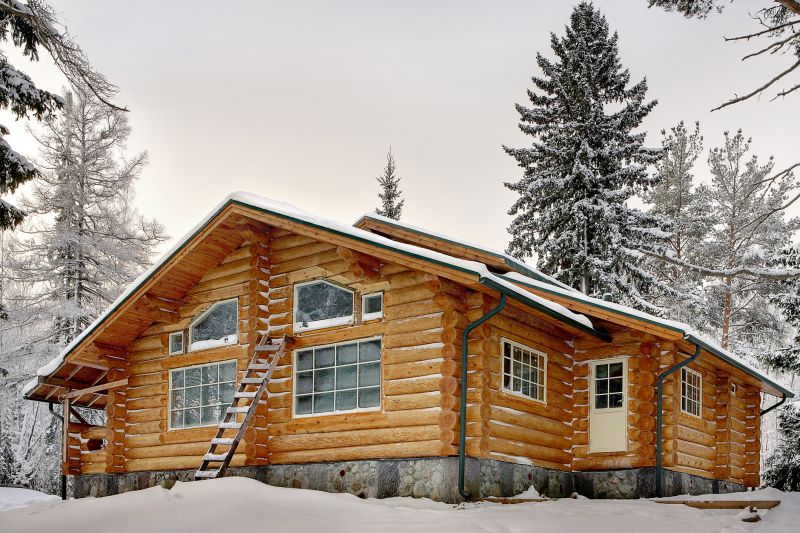
Ways to make Log House Improvements work in tight or awkward layouts.
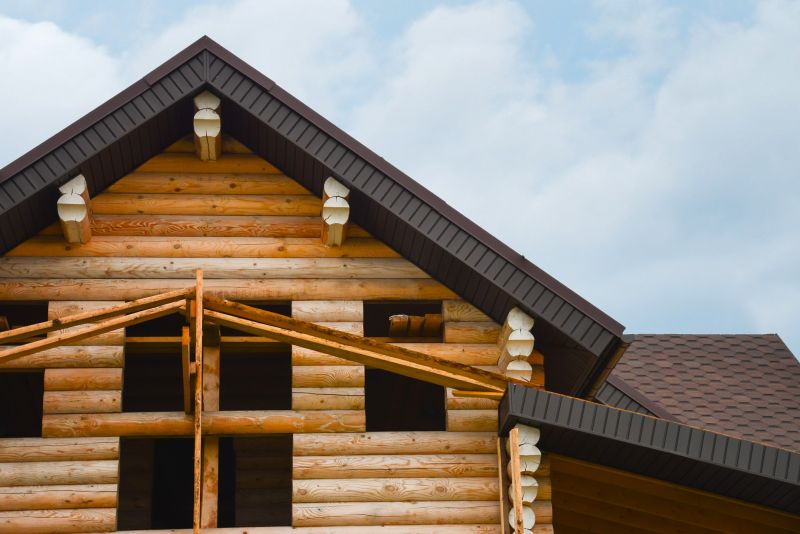
Popular materials for Log House Improvements and why they hold up over time.
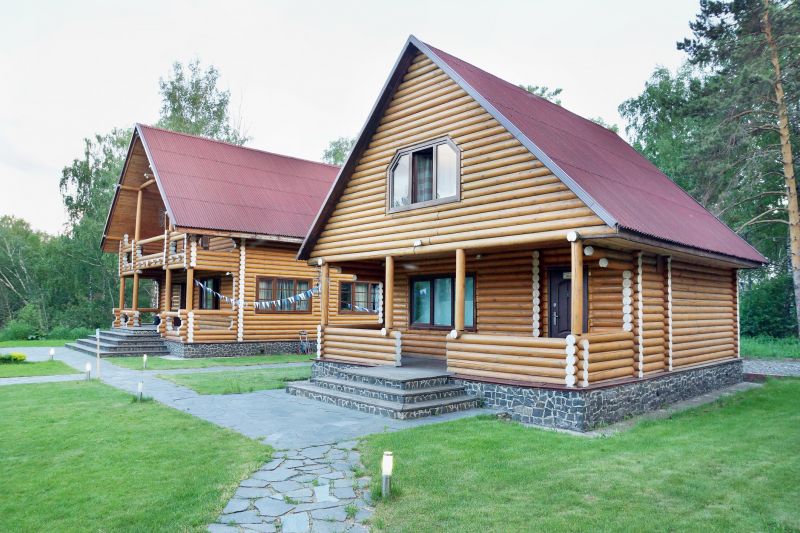
Simple add-ons that improve Log House Improvements without blowing the budget.
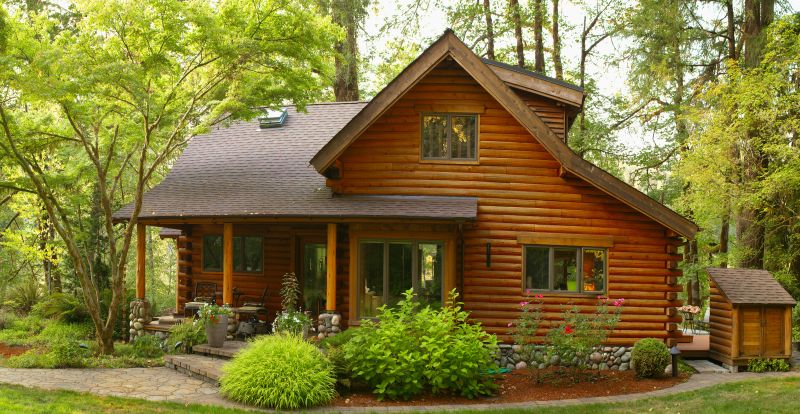
High-end options that actually feel worth it for Log House Improvements.
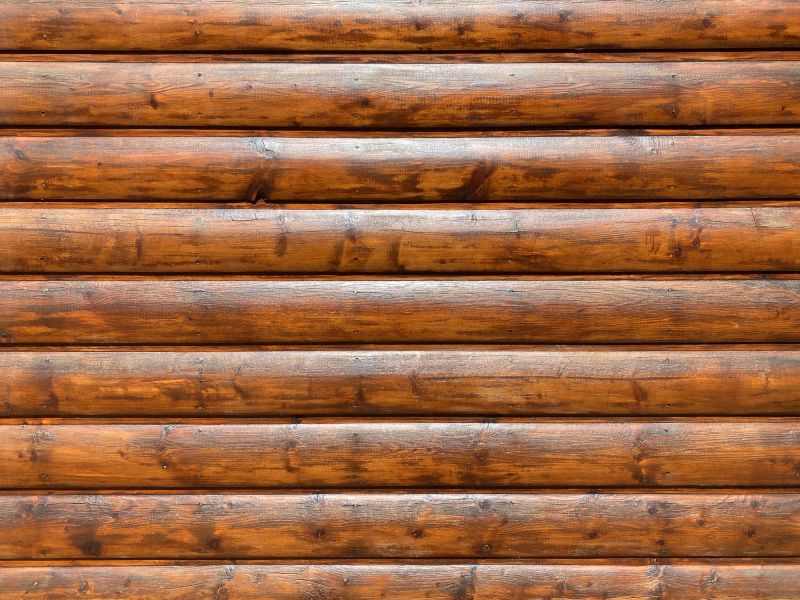
Finishes and colors that play nicely with Log House Improvements.
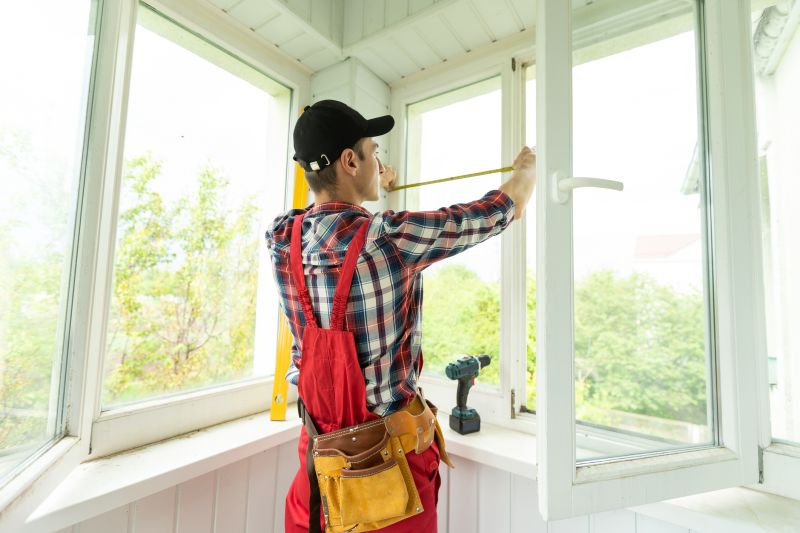
Little measurements that prevent headaches on Log House Improvements day.

A 60-second routine that keeps Log House Improvements looking new.
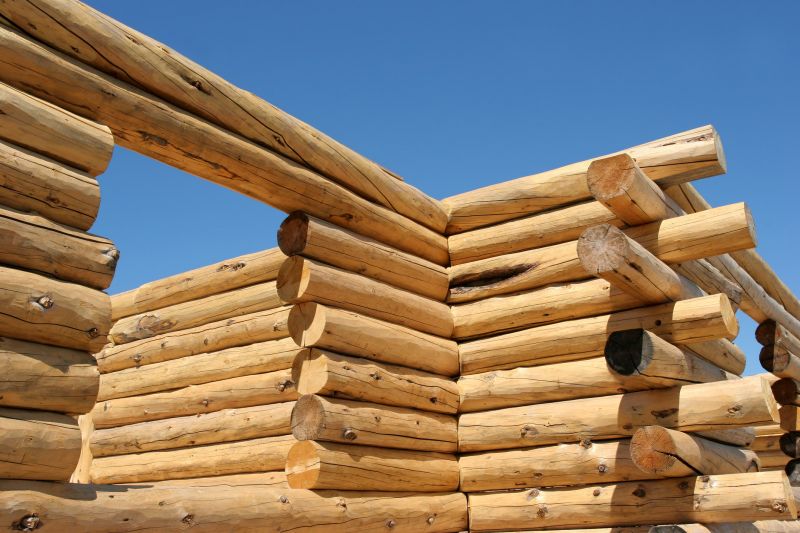
A frequent mistake in Log House Improvements and how to dodge it.
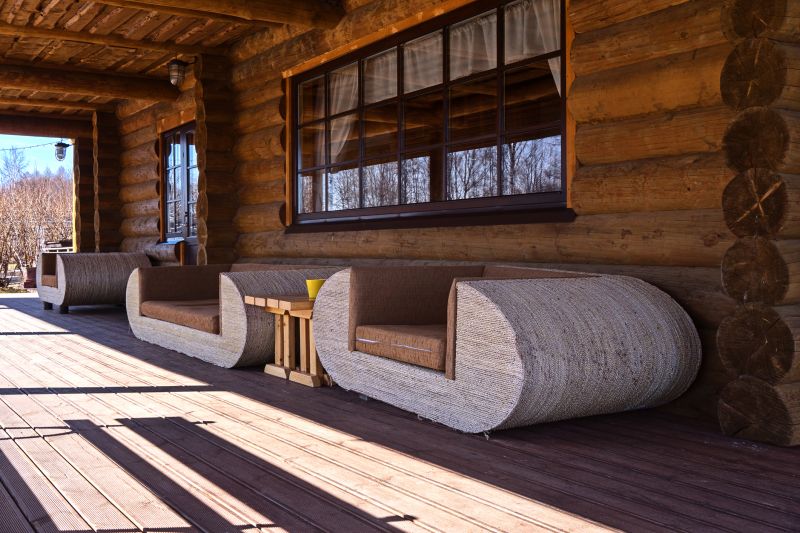
Small tweaks to make Log House Improvements safer and easier to use.
| Season | Ideal Activities |
|---|---|
| Spring | Applying stains, sealing, minor repairs |
| Summer | Exterior enhancements, extensive repairs |
| Fall | Preparation for winter, sealing, inspections |
| Winter | Interior projects, preservation tasks |
Log house improvements encompass a range of activities aimed at maintaining and enhancing the structure's integrity and appearance. Proper timing ensures that materials cure correctly and that repairs are durable. Seasonal considerations are crucial for maximizing the effectiveness of these improvements, with each period offering unique advantages.
Statistics indicate that performing log house improvements during optimal seasons can extend the lifespan of the structure and reduce long-term maintenance costs. For example, sealing and staining during spring and fall can prevent moisture intrusion and wood decay, which are common issues affecting log homes.

Lower-waste or water-saving choices for Log House Improvements.
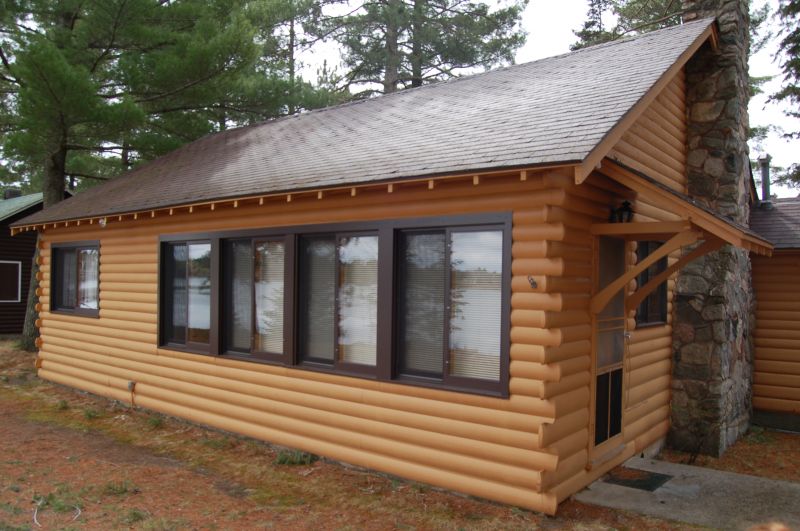
The short, realistic tool list for quality Log House Improvements.
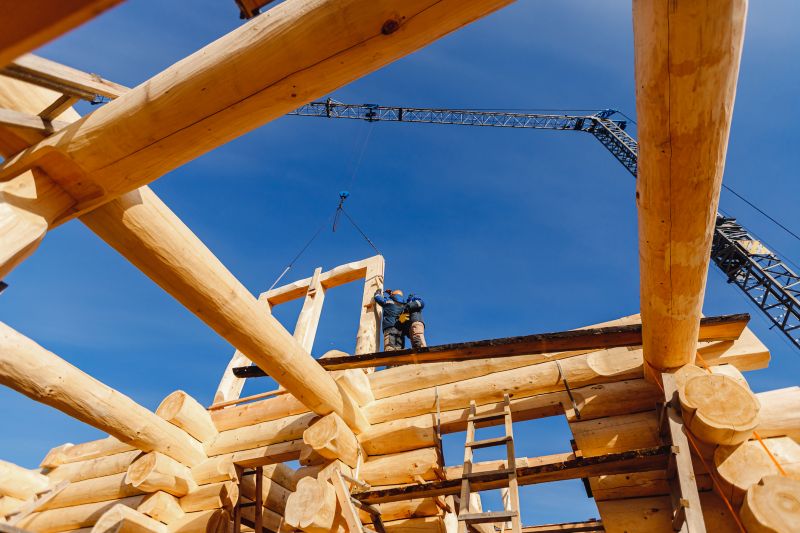
Rough timing from prep to clean-up for Log House Improvements.
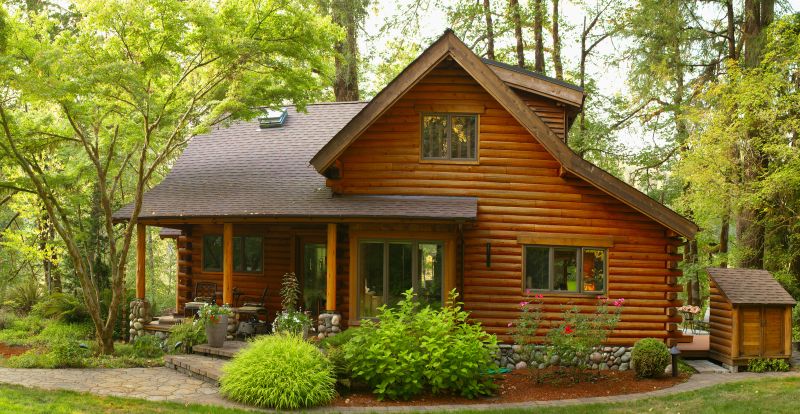
Quick checks and paperwork to keep after Log House Improvements.
Those interested in scheduling log house improvements are encouraged to contact for further information and planning assistance. Proper timing and execution can significantly enhance the durability and appearance of a log home over time.
